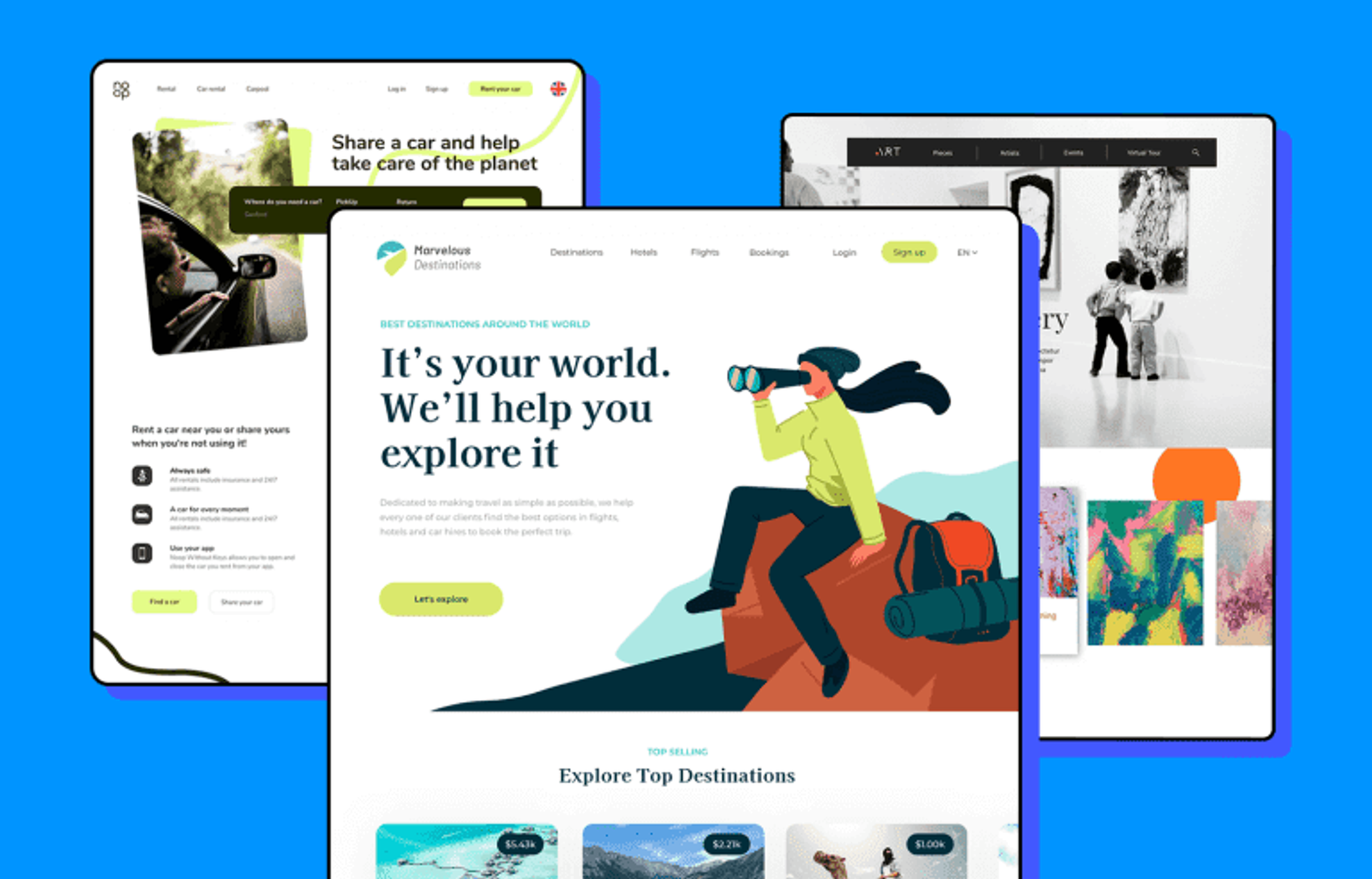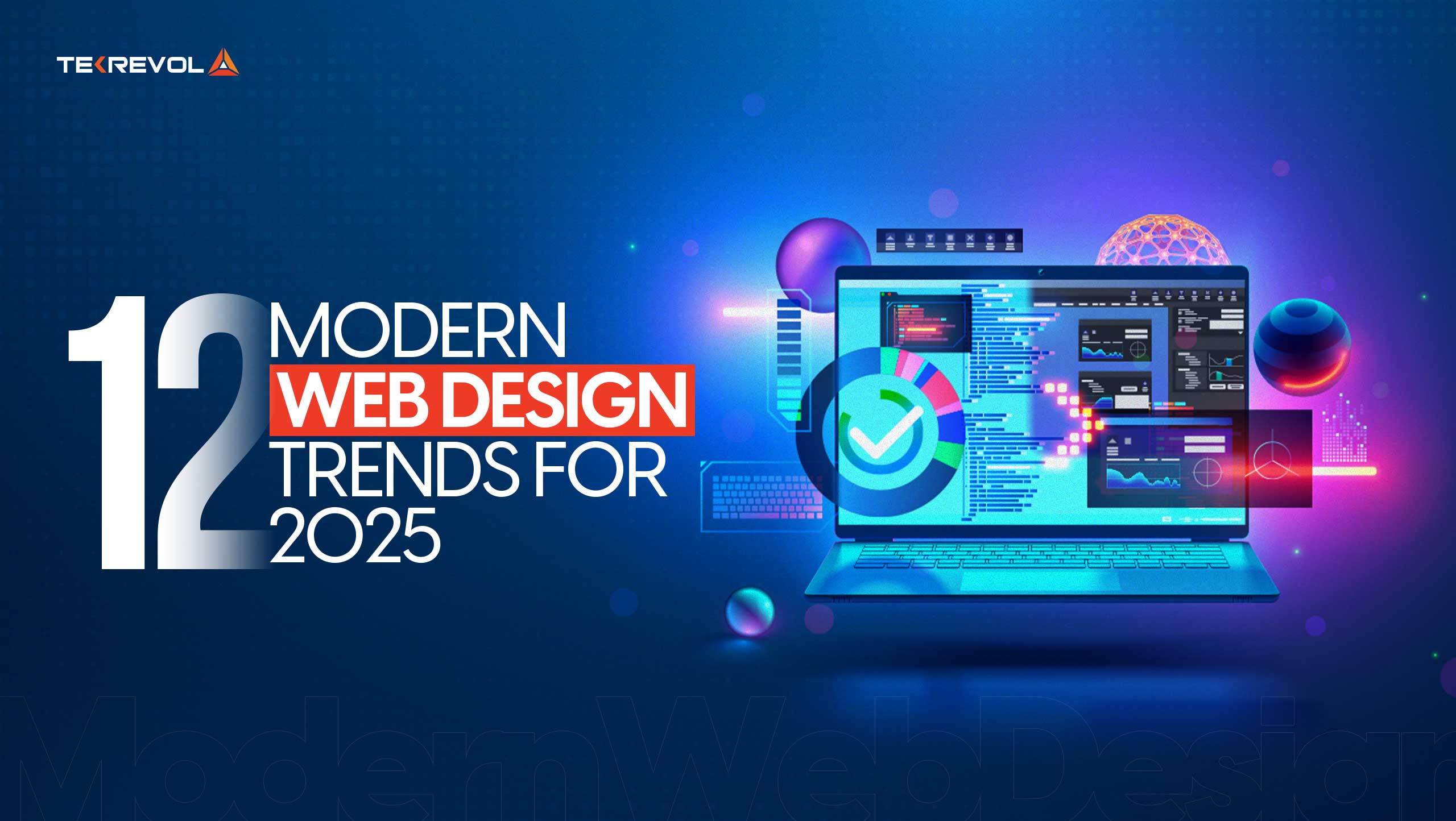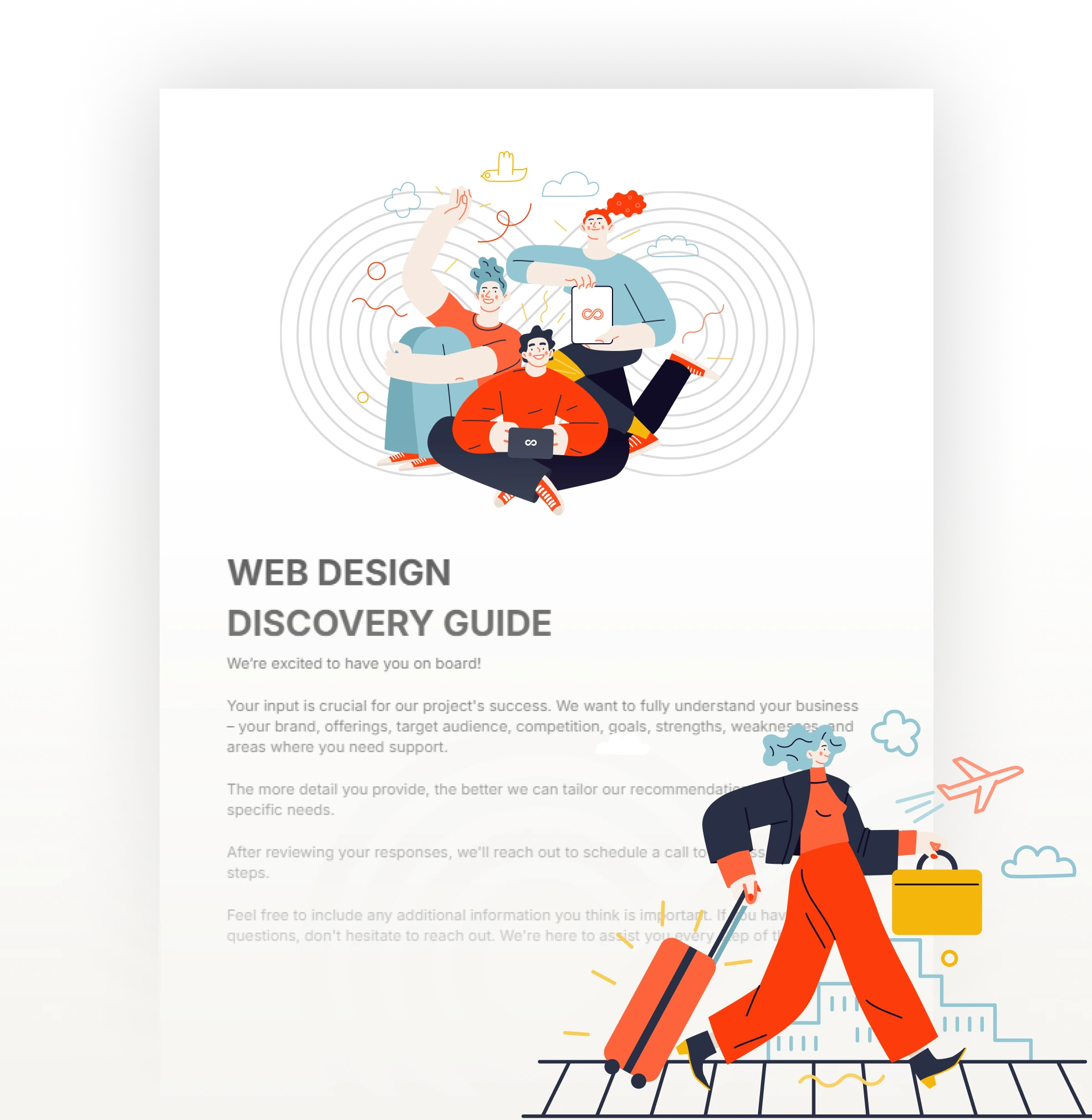Aligned Position Web Design: Transform Your Online Presence with Expert Web Design Services
Aligned Position Web Design: Transform Your Online Presence with Expert Web Design Services
Blog Article
The Very Best Types of Web Layout to Improve User Experience and Interaction
In the ever-evolving landscape of digital interaction, the efficiency of Web layout considerably affects customer experience and involvement. Different design strategies, such as minimal, responsive, and interactive designs, each deal special benefits that can provide to diverse customer requirements.
Minimalist Website Design
As electronic landscapes become progressively messy, minimalist Web design has become a powerful approach to enhancing user experience. This style approach prioritizes simplicity, concentrating on vital aspects while removing unneeded diversions. By using sufficient white area, simple navigation, and a limited color palette, minimal style promotes clarity and directs user focus to vital material.
The core principle of minimalist Web layout is to produce a seamless interaction for customers. By reducing cognitive load, customers can quickly comprehend information without really feeling bewildered. This direct method not only boosts functionality however also urges interaction, as visitors are more most likely to explore a site that is simple and aesthetically enticing to navigate.
Additionally, minimalist layout often highlights typography and images, utilizing these aspects purposefully to share messages efficiently. In significance, minimal Web style is not simply a fad; it is a thoughtful methodology that recognizes the significance of user-centered design.
Receptive Website Design
In today's diverse digital setting, responsive Web layout has actually become vital for developing a seamless customer experience across a plethora of tools. As users access web sites on smart devices, desktops, tablets, and laptops, the ability of a site to adjust its format and content to various display dimensions and resolutions is crucial.
Responsive Web style utilizes adaptable grids, photos, and CSS media inquiries to ensure that Web material exists efficiently, despite the gadget used. This approach not just boosts the aesthetic charm of a website however additionally substantially enhances functionality. Individuals are more probable to engage with a site that offers a consistent experience, as it removes the stress of having to zoom in or scroll excessively.
By taking on responsive style, companies can improve their presence and reach a wider target market. In summary, receptive Web style is a fundamental method that boosts user experience, interaction, and overall fulfillment.
Interactive Website Design
Responsive Web style lays the groundwork for boosting user experience, yet interactive website design takes this an action further by involving users in a much more vibrant way - Aligned Position Web Design. By integrating components such as animations, clickable prototypes, and real-time feedback, interactive Web style mesmerizes users, drawing them into a richer surfing experience
This approach not only promotes interaction yet also motivates individuals to discover material proactively instead of passively consuming it. Methods such as gamification, where customers gain incentives for finishing jobs, can substantially boost the time invested in a site and improve overall fulfillment. Interactive attributes can streamline intricate info, making it more enjoyable and absorbable.

Including interactive design aspects can additionally result in greater conversion rates, as individuals are more likely to involve with a site that actively entails them. Aligned Position Web Design. Ultimately, interactive Web layout transforms individual experiences right into memorable trips, ensuring that site visitors return time after time
Apartment Layout
Defined by its minimalistic strategy, level design emphasizes simplicity and performance, removing unnecessary aspects and concentrating on crucial features. This design viewpoint prioritizes functionality, making certain that customers can browse user interfaces effortlessly and efficiency. By employing a clean aesthetic, flat design eliminates the mess often found in much more elaborate styles, thus enhancing user emphasis on web content and capability.
The hallmark of level layout depends on its usage of vibrant shades, straightforward imp source typography, and geometric forms. These components add to a visually appealing user interface that is both friendly and contemporary. Furthermore, flat layout cultivates a sense of clarity, permitting customers to recognize necessary actions and details without distraction.
In addition, flat style is specifically effective in responsive Web style, as its simpleness translates well across numerous devices and screen dimensions. By focusing on crucial functions, level layout not only satisfies individual demands however also urges seamless interaction, making it a crucial part of effective Web design methods.
Flexible Web Design
Adaptive Web style tailors the individual experience by creating numerous fixed designs customized to various display dimensions and tools. Unlike receptive design, which fluidly changes a solitary format, flexible layout uses distinct layouts for certain breakpoints, guaranteeing optimum discussion on numerous systems. This approach allows designers to focus on the special features of each tool, boosting use by supplying precisely what individuals need based on their context.
One of the primary benefits of flexible Web layout is its ability to maximize lots times and efficiency. By offering tailored content and pictures that fit the individual's device, web sites can webpage reduce data usage and boost loading rates. This is particularly useful for customers with slower links or restricted data strategies.

Furthermore, flexible style facilitates a much more regulated and consistent branding experience. Considering that developers create several formats, they can guarantee that the visual aspects straighten with the brand's identification throughout different platforms - Aligned Position Web Design. This leads to a cohesive customer experience, enhancing interaction and advertising customer retention
Conclusion
To conclude, the assimilation of minimal, receptive, and interactive Web design principles significantly enhances individual experience and interaction. Minimal design fosters clearness and emphasis, while receptive layout ensures flexibility across different gadgets, advertising access. Interactive layout captivates users via vibrant elements, encouraging exploration and personalization. Collectively, these design approaches add to the production of user-friendly environments that not only improve complete satisfaction however likewise drive higher conversion rates, emphasizing their crucial significance in modern Web design strategies.

Minimal layout cultivates clarity and focus, while responsive style makes certain adaptability across various devices, promoting access. Jointly, these design approaches contribute to the production of straightforward atmospheres that not just enhance fulfillment however additionally drive greater conversion prices, highlighting their essential relevance in contemporary Web layout strategies.
Report this page